Port Botany to triple in size by 2045
PORT Botany will triple in size in the next 25 years. By 2045 it is estimated between 7.2 million and 8.4 million containers will pass through the port — provided industrial land around the bay is protected.
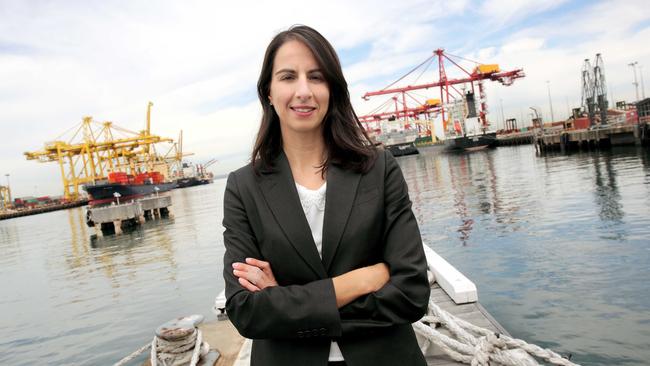
Southern Courier
Don't miss out on the headlines from Southern Courier. Followed categories will be added to My News.
- Bold plan for new sporting precinct in Daceyville
- MP slams 'unlawful' and 'secretive' council meetings
PORT Botany trade will triple in the next 25 years — provided industrial land around the bay is protected.
In an exclusive interview with the Southern Courier, NSW Ports CEO Marika Calfas said the outlook for trade and local jobs was excellent as Australia continues to grow.
The port currently processes 2.4 million containers a year. By 2045 it is estimated between 7.2 million and 8.4 million will pass through the port.
“One of our great strengths is that there is room to grow,” Ms Calfas said. “We can handle three times the number of containers here and we can handle bigger ships.”
The port doesn’t have job forecast figures but Ms Calfas said it would continue to be a big local employer.
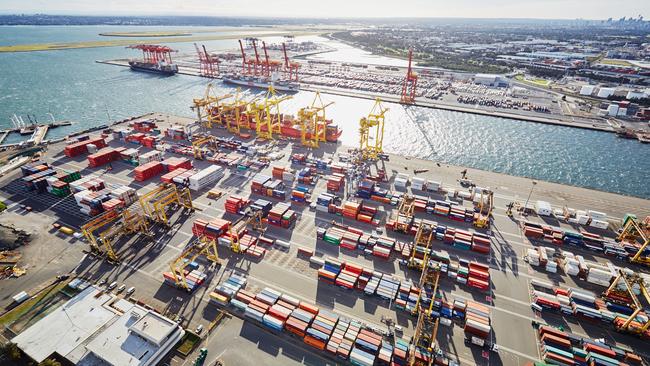
“There are 21,000 indirectly employed through the port. That’s everything from those on the waterside to trucking companies and rail operators.
“There will be changes in the way the port operates and there will be changes in our workforce. There will be more jobs in IT and mathematics but we will still need maintenance workers. We will continue to be a big employer in the area.”
But the positive forecasts come with a caveat.
“The biggest threat to the port is the loss of nearby industrial land because of housing pressures,” Ms Calfas said.
As industrial land near the port has become scarce it has become more expensive, leading to companies to move further west.
However, Port Botany primarily services the Sydney market, meaning goods are travelling out west to warehouses and storage units before being brought back to inner Sydney. Not only is this clogging up the roads but it is creating inefficiency. “Urban encroachment ultimately impinges on efficiency. It leads to increased costs so when you and I go to the shops we pay more.”
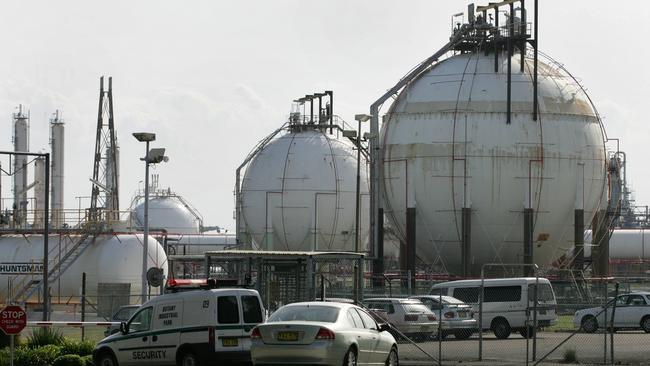
Ms Calfas also fears further residential development around the port will lead to curfews like at the neighbouring airport. “The port cannot do that, we are a 24 hours a day operation, we are servicing global markets.
“My message to decision makers is you must protect the industrial land around the port. If you don’t the consequence is that we all pay more for the goods we receive and our exporters become less competitive internationally.”
She said many don’t grasp how important the port is to Sydney and NSW.
Recent analysis shows 50 per cent of goods in Sydney households come through Port Botany. If the port shut down for two weeks, Sydney would be in crisis.
Supermarket shelves would be empty of everything from toilet paper to spaghetti and barbecue fuel not to mention petrol for our cars.
Contrary to what we may think, Australia is an import nation. For every ten containers that come into Port Botany six go out empty.
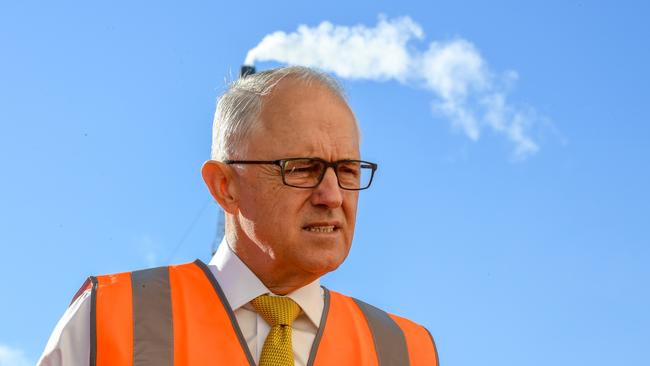
“I would love for this country to be able to fill those boxes and if anyone has suggestions on how to do it I’m all ears,” Ms Calfas said. “Filling them would improve the efficiency of the supply chain and that is a challenge.”
In last month’s budget it was announced funding had been secured for the duplication of the port’s freight rail line, which will take millions of trucks off the clogged up roads.
Ms Calfas declared it as important and exciting news but said she was still seeking information on a start and finish date.
“It is not a capacity constraint at the moment but it will be in the future.
“But right now it will improve the resilience and reliability of the line.”
At present 440,000 containers worth of goods are taken from the port by rail. Over the next 30 years Ms Calfas trains will transport three million containers worth.
“I would love to know when it will be started,” she said. “Everyone knows what needs to be done. There is no reason why it can’t happen straight away.”
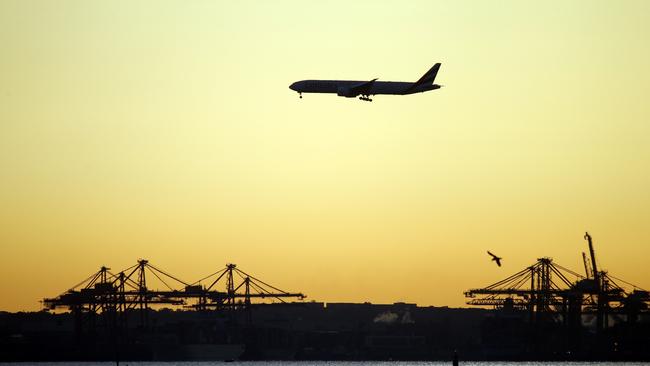
As the port continues to grow there is an increased emphasis on the environment — something which Ms Calfas says the port is taking seriously.
As of January 1 2019 Botany will be the only port in Australia to have an incentive scheme for incoming ships.
Although the exact details are yet to be finalised, ships with better environmental standards will pay less in port charges.
“It will be a sliding scale. It will encourage companies to hire charter vessels with better performance and it will also lead to shipping companies to build better quality ships.”
IN OTHER NEWS
